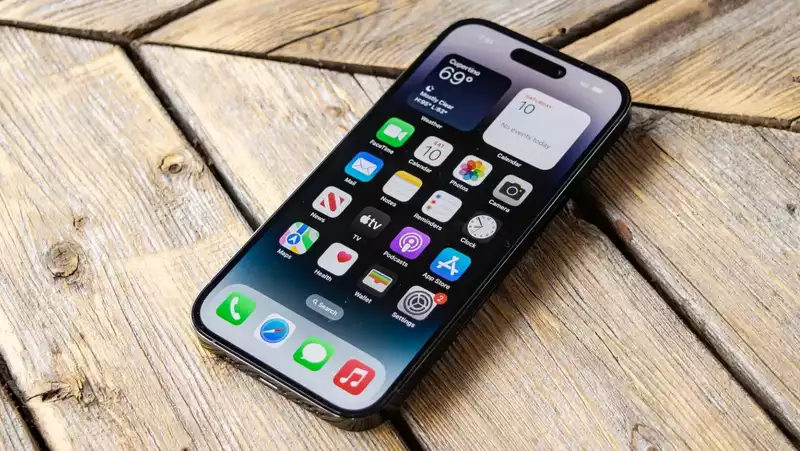The high-end Apple Watch Ultra debuted just last year, but according to Mark Gurman of Bloomberg (opens in new tab), the display could already be revamped next year. The next model of this premium watch is said to feature the superior microLED display, rather than the OLED currently featured.
Currently, one report says that microLED displays can cost twice as much as OLED panels, which could be a real obstacle for Apple to be able to include them in other devices like the iPhone in the near future.
Bloomberg (opens in new tab) recently reported that Apple may be moving to microLED displays for the iPhone. It also later said that the company may add microLEDs to the iPad and Mac, and that the entire process could take about 10 years.
Now, a report from The Elec (opens in new tab) mentions that Apple may first introduce microLEDs in the next version of the Apple Watch Ultra before introducing them in the iPhone due to high component costs.
This could mean that the next-generation Apple Watch Ultra, scheduled for release in 2024, will debut the microLED display. The new display could then make its way to the iPhone, and it may not be as soon as previously thought.
The Elec mentions a white paper document (opens in new tab) by the MicroLED Industry Association that details the feasibility of microLED displays in wearables. It is unclear if this document is accurate, but it states that the current cost of an Apple Watch OLED screen (model not specified) is $20, while the cost of a microLED display with the same resolution would exceed $40.
The report does not mention a possible price increase for the next generation Ultra model. However, this is probably the reason why Apple could introduce a new display in its watches before other devices. The company can afford to swallow the increased cost of the higher-margin $799 Apple Watch Ultra.
Given this, the cost of components is much higher for a large display like the iPhone, and Apple can wait for the technology to be mass-produced and eventually cost less before incorporating it into other devices.
MicroLEDs offer many advantages over OLEDs, as cited by the MicroLED Industry Association. They are brighter, offer better viewing angles even in direct sunlight, are more energy efficient, and may even jump-start the battery life of the Apple Watch Ultra.
However, the report by the association adds one major caveat that it may not lead to noticeable improvements for end users: the PDF vaguely states that microLEDs "will not bring a true revolution in display quality or efficiency, though, It has the potential to be a great step forward." It does not elaborate on how it would be an "excellent step" if it does not visibly improve existing OLED displays. The comments in this report should be taken with a pinch of salt as they contradict each other and are a bit suspect.
There is no doubt that the current OLED displays in the Apple Watch 8 and other devices are very good with 1,000 nits brightness and high pixel density, but if microLED can offer longer battery life and higher resolution for wearable devices, that could be a significant advantage.
Indeed, according to Gurman, those who have seen prototypes of microLED smartwatch displays say that "the content looks like it was painted on glass."
Samsung is also reportedly considering using microLED displays in its next Galaxy Watch. MicroLED TVs already exist, although they are too expensive for the average consumer. Samsung unveiled a microLED TV at CES 2023 earlier this month, and while its performance was impressive, no price has yet been announced. [Since Apple seems to have already invested in micro-LED technology, it may only be a matter of time before this panel is incorporated into other devices.
.









Comments